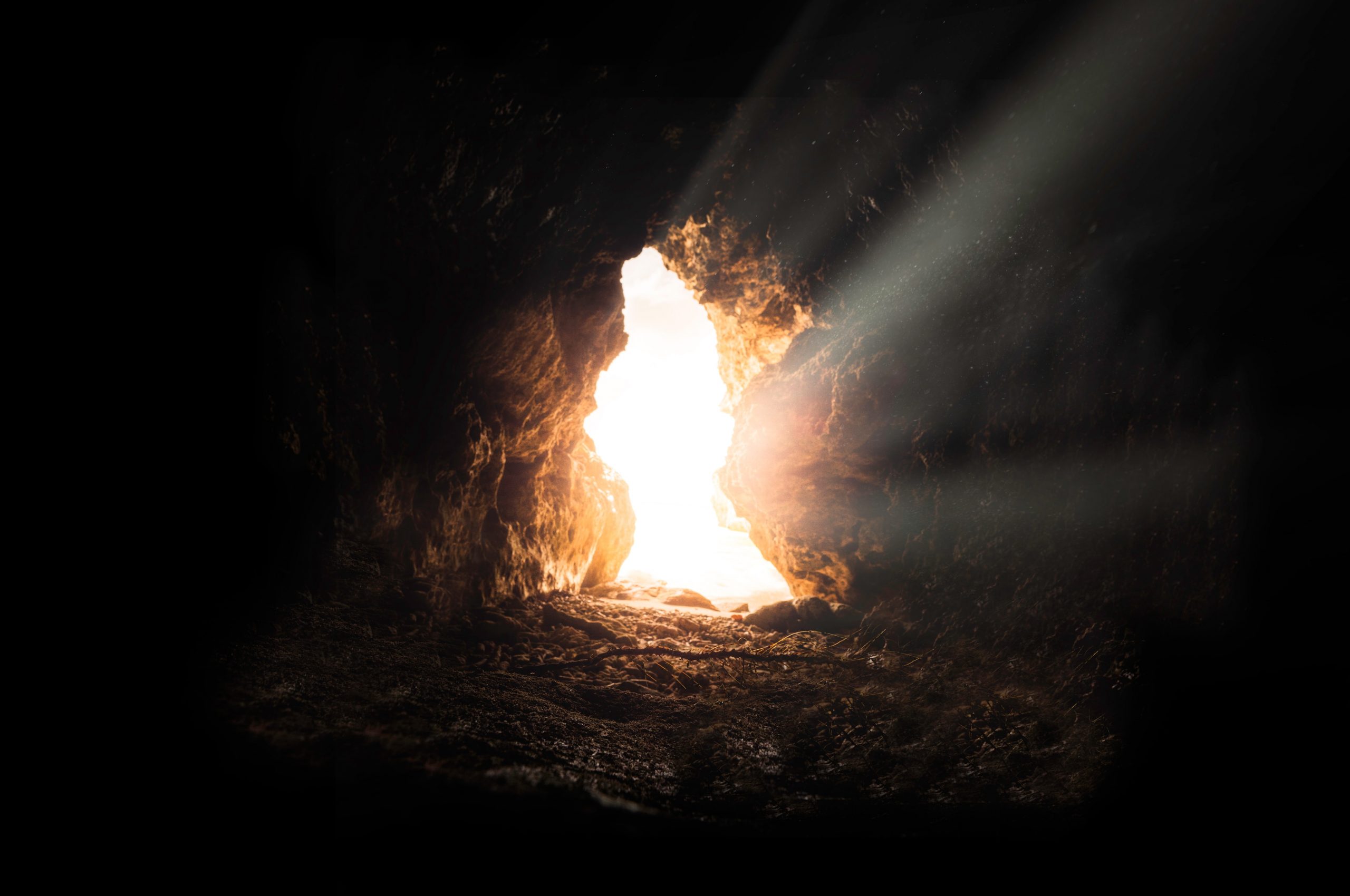
The Reality and Unmatched Hope of Jesus’ Resurrection
As discussed by Bruce Meyer on The Steve Noble Show on April 21
The greatest evidence of the existence of God is Jesus himself (John 1:18), and the greatest evidence that Jesus was who He said He was — God in flesh — is the resurrection (John 2:19-22).
Easter is a joyful time for Christians to celebrate the resurrection of our Lord Jesus Christ. However, it’s a time of doubt and disbelief for others, even Christians — did Jesus really rise from the dead?
Multiple false explanations of the resurrection have been invented to deny this divine display of miraculous power: “He didn’t really die.” “The disciples only thought they saw him because of their emotional attachment.” “The disciples stole Jesus’ body.” “The disciples went to the wrong tomb.”
In reality, the resurrection is not only proven but packed with meaning for Christians then and today.
Defense Against False Theories
The Bible includes many details about Jesus’ death and resurrection to refute attempts to explain away the resurrection.
The Swoon Theory
To rise again, Jesus had to die. But some say Jesus simply lapsed into a coma. That is not possible — to faint on the cross would cause death by suffocation.
Moreover, with Roman soldiers who were trained to recognized death, crucifixion was a method of guaranteed execution, not just torture. In fact, the Bible specifically tells us they did not break Jesus’ legs as they did to accelerate the death of the two thieves next to Him. They saw He had already died, and to validate they pierced His side. The blood and water that flowed out proved His death (John 19:31-34).
And what about the stone and the armed guard? What about the grave clothes and 75 pounds of spices used for burial (John 19:39)? These obstacles would be difficult to impossible for a “recovering Jesus” to overcome.
The Vision Theory
Another false explanation of the resurrection is that the disciples thought they saw Jesus because of their emotional attachment to Him. However, no one ever found His body. The tomb was empty. Additionally, visions or ghosts do not eat real food (Luke 24:42-43), cannot be touched (John 20:24-27) and would not have been seen by more than 500 male witnesses at the same time.
The Theft Theory
Other people claim that the disciples stole Jesus’ body while the guards slept. But would the untrained disciples have been able to overpower the guards if they weren’t asleep? Would they have broken Pilate’s official seal on the tomb, knowing to do so and steal the body would result in execution? Would they have neatly folded the grave clothes (John 20:2-10)?
In reality, the disciples were scattered and too scared to appear in public, much less approach the tomb. And ultimately, the Bible specifically says the guards were bribed to tell that the disciples stole the body while they were asleep (Matt. 28:11-15) — even though sleeping on guard duty or losing their charge was an execution offense.
The Wrong Tomb Theory
Could the disciples have visited the wrong tomb? Again, no. The synoptic Gospels all point out that the women took note of where Jesus was buried. The right tomb would also have been obvious because of the seal and guards.
In fact, we know the disciples went to the right tomb because they saw the grave clothes Jesus had left behind, the guards were bribed to explain away the empty tomb (Matt. 28:11-15), and more than 500 witnesses saw Jesus alive. Even if they had mistakenly spread news of the resurrection, the guards could have produced the body.
Evidence of the Resurrection
In addition to the reality of the empty tomb and Jesus’ appearances to individuals, the disciples and large crowds after the resurrection, the Bible has more evidence for this divine work. Once Jesus rose and ascended into heaven, the Holy Spirit came (Acts 1:5), the disciples changed (Acts 1-2), the Sabbath day changed (Acts. 20:7), the Christian church was formed, and the New Testament was written.
All those events confirmed and spread the importance of the resurrection. As theologian William Evans said, “If Jesus had remained buried in the grave, the story of His life and death would have remained buried with Him.”
Crucial Implications of Jesus’ Resurrection
Why does proving the resurrection matter so much? Our whole doctrine rests on its reality. If we deny the resurrection, we deny key New Testament teaching, including the Gospel itself (1 Cor. 15:3-8) and thereby undermine the whole Bible.
For example, the resurrection authenticates and attests to Jesus’ deity (Rom. 1:4; Matt. 12:38-40; Matt. 20:19; 28:6; John 2:18-22) and also relates to His exaltation (Phil. 2:9-11).
The resurrection also enables our atonement, justification and resurrection. If Jesus had merely fainted, He couldn’t have paid for our sins. If He hadn’t risen, He would not have conquered death so we can also rise (1 Cor. 15:13-19; 1 Thess. 4:13-18).
Unlike a recovering Jesus or a lie that He is alive, only our Savior risen from the dead gives the disciples and us unmatched hope. God will accept Christ’s atonement for us (Rom. 4:25). Christ will advocate for us as our high priest (Rom. 5:9ff; 8:34; Eph. 1:20-22; 1 Tim. 2:5). We will have power through His resurrection (Eph. 1:18-20). We will be raised with Christ (1 Cor. 15:20-23). Christ’s kingdom will come (Acts 2:32-36; 3:19-25).
Easter is more than a holiday or a yearly remembrance. The resurrection is overflowing with eternal significance, giving us even more reason to joyfully proclaim every day, “He is risen! He is risen, indeed!”
Additional resources:
The Journal of the American Medical Association, “On the Physical Death of Jesus”
Frank Morrison, Who Moved the Stone?
Gary Habermas and Michael Licona, The Case for the Resurrection of Jesus
